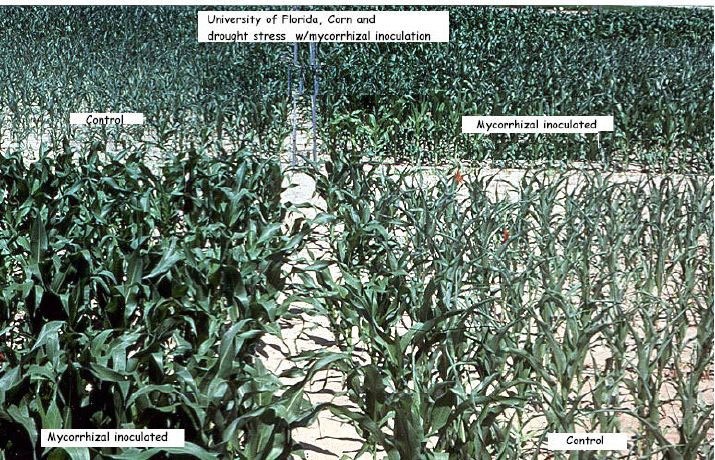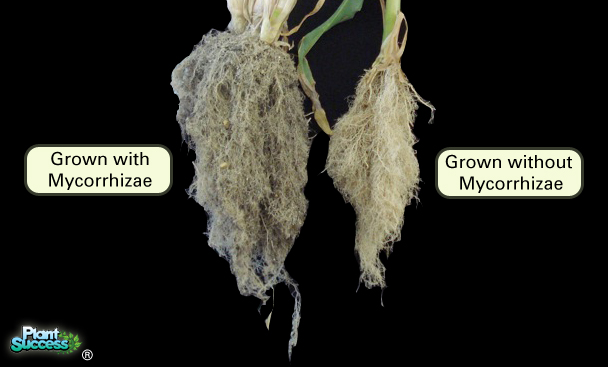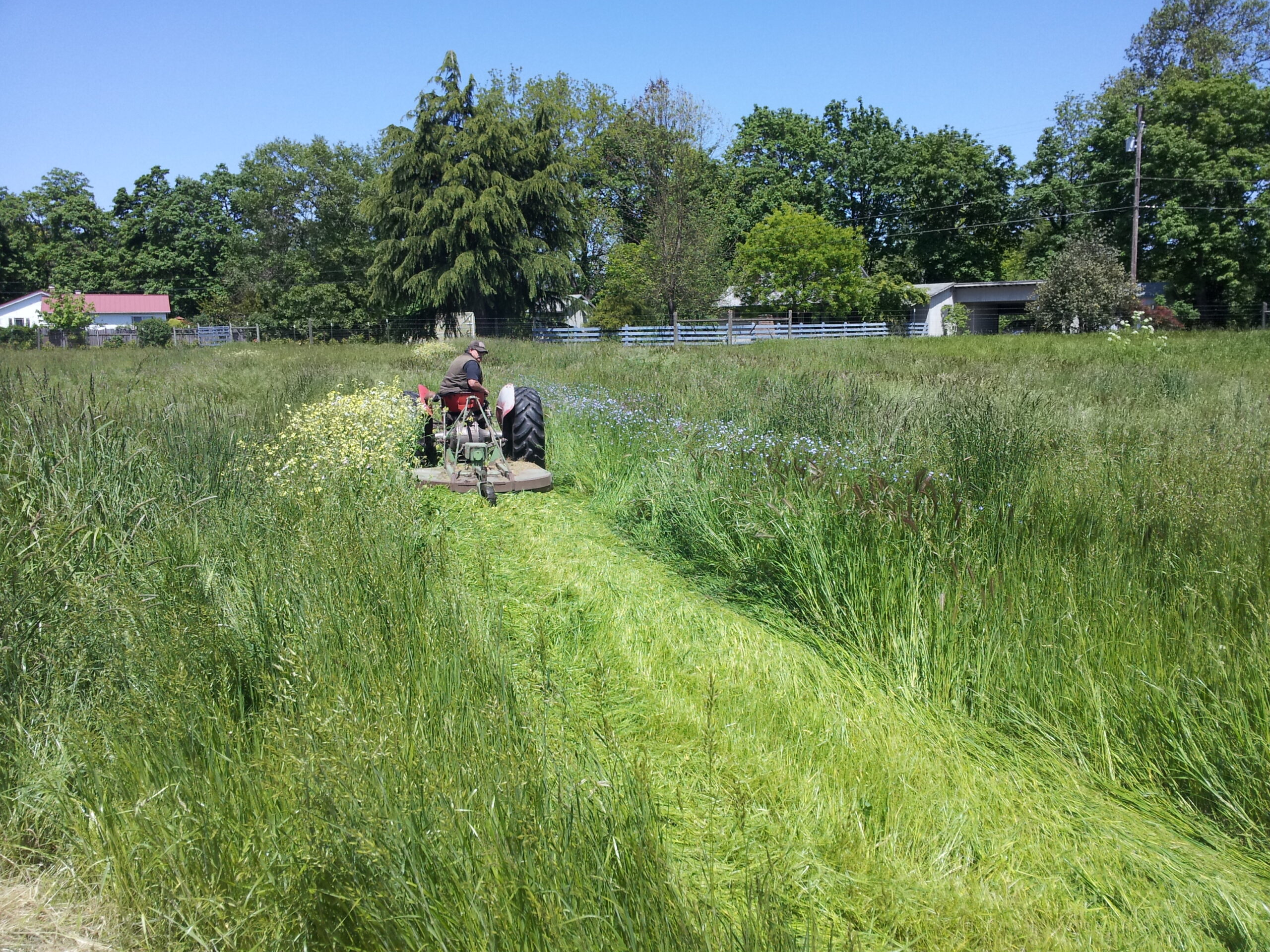Mycorrhizal Fungi
Mycorrhizal fungi when well-fed by plant exudates, not only mine the minerals out of rocks, they bring them right to a plant and in some cases right inside a plant’s green body. In addition to expanding a plants roots system reach they also release powerful enzymes into the soil that dissolve hard-to-capture nutrients, such as organic nitrogen, phosphorus, iron and other “tightly bound” soil nutrients. The minerals considered essential to plant health as well as our own number about a dozen. The familiar ones, like zinc and iron, help build a plant’s fruits and vegetables. The not-so-familiar molybdenum, assists plants to use nitrogen and turns sunlight into carbohydrates.
For Pricing & Packaging Options: [email protected]
Available in Micronized or Granular form





